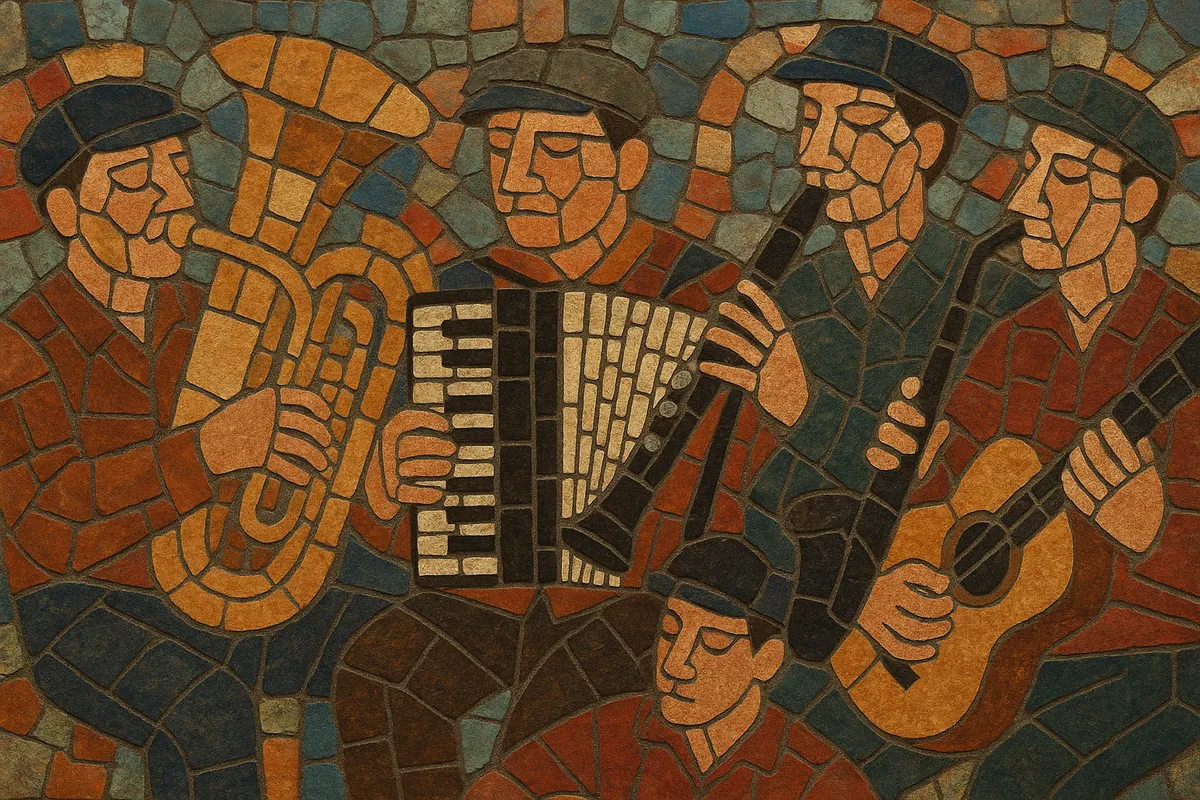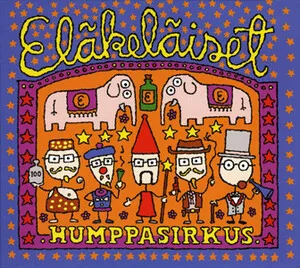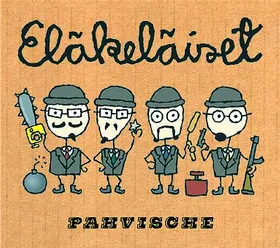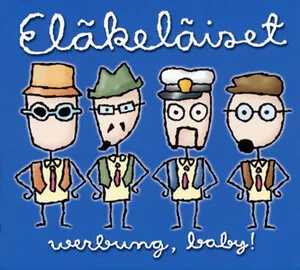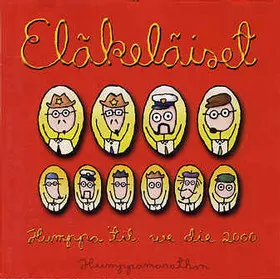Your digging level
Description
Humppa is a fast, duple‑meter Finnish dance music style characterized by an insistent oom‑pah rhythm in 2/4 time, typically driven by accordion, brass or reeds (clarinet/sax), tuba or bass, guitar/banjo, and drums. Tempos are brisk—often between 180 and 240 BPM—making it one of the most energetic staples of Finland’s social dance culture.
Stylistically, humppa sits somewhere between Central European polka/schottische traditions and the American swing/foxtrot band sound, but with a distinctly Finnish lilt and repertoire. While it can be sentimental or romantic, humppa is equally known for its humorous, tongue‑in‑cheek lyrics and, in modern times, playful cover versions of pop and rock songs rendered in a galloping humppa groove.
History
Humppa took shape in Finland in the early 20th century as local dance bands absorbed Central European polka and schottische and the oom‑pah undercurrent of marching music. The arrival of jazz and swing idioms via gramophone records and touring ensembles further colored Finnish dance halls. By the 1930s, the fast, bouncy 2/4 style that Finns called “humppa” had coalesced, with big names like Dallapé and Georg Malmstén popularizing the format on radio and shellac records.
After World War II, humppa flourished alongside waltz and the rising Finnish tango in the tanssilava (open‑air dance pavilion) circuit. Composers and bandleaders such as Toivo Kärki supplied an enduring repertoire, while accordionists and reed sections gave the sound its bright, kinetic punch. Although rock ’n’ roll and schlager diversified tastes from the late 1950s onward, humppa remained a cornerstone of social dancing across the country.
Humppa experienced periodic revivals, increasingly embracing humor and pastiche. Comedy and dance bands kept the style visible, and from the 1990s, groups like Eläkeläiset gained international cult status by turning global pop and rock hits into high‑speed humppa numbers. In parallel, Finnish folk‑ and metal‑scenes began to borrow humppa’s galloping rhythms—most famously in “humppa metal” fusions heard in bands such as Finntroll and Korpiklaani.
Humppa endures as a living dance tradition at festivals and pavilions, a comedic reinterpretation tool for cover bands, and a rhythmic spice in contemporary Finnish folk and metal. Its signature 2/4 oom‑pah and breakneck tempos remain instantly recognizable markers of Finnish dance culture.

